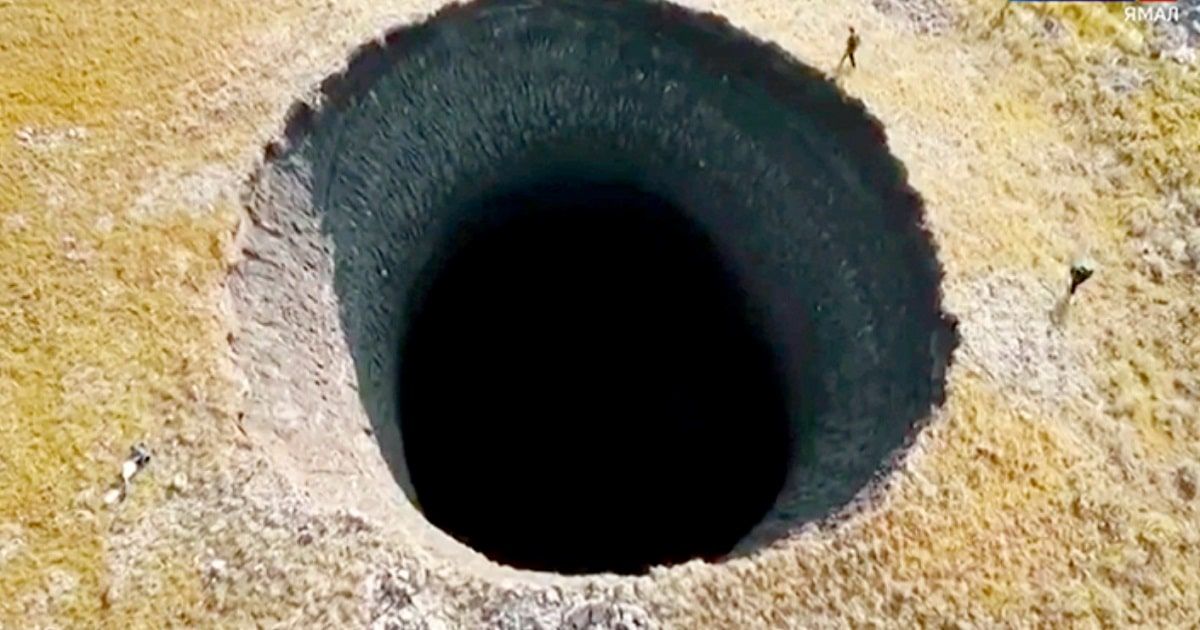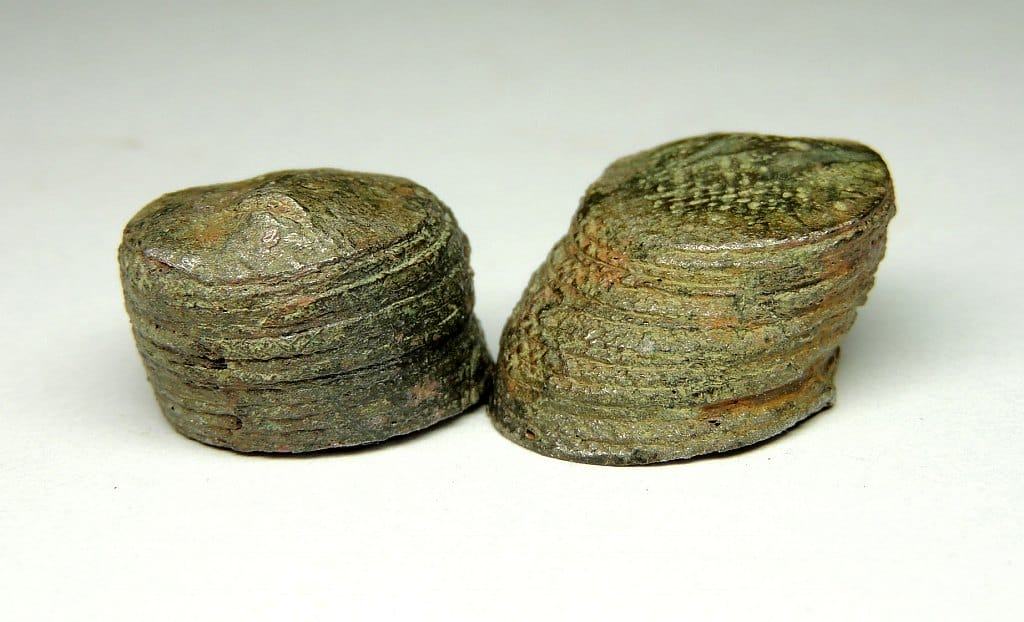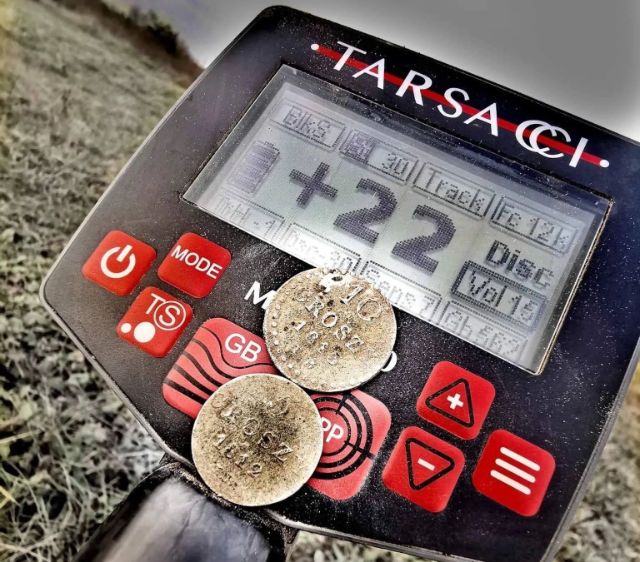
I have a strange feeling that the world of metal detectors is stuck at a certain point. We have been waiting for spectacular changes for years and they are not coming… maybe they are coming differently, but on a different scale than we expected.
Minelab Manticore or XP DEUS II are really good devices, but do they bring anything groundbreaking apart from the dose of well-known solutions?
Certainly, SMF devices are better than what we know from the past, but they are also not without their flaws. The advantages include stable operation in more difficult conditions and better ID compared to single-frequency devices. More accurate signaling of objects from both ends of the scale – low and high conductors. This makes detection easier. This makes detection easier, e.g. old and fine silver is the beginning of the scale close to iron, while large is its other end in SMF, it works really well.
What disadvantages? Less resistance to EMI interference – after all, we work in a wider frequency range and slightly worse performance when it comes to depth.
In my case, I always choose an advantage in the form of better identification and separation in iron, and this can be different, opinions are divided here.
It must be remembered that such a Nexus MPV3 is completely immune to EMI interference, which makes it much deeper and, after adding the adaptive speed of separating the target, insurmountable … unfortunately, you have to pay for it and it is a device for conscious detectorists. It is not light and consumes 10 AA batteries in a short time. Something for something as they say.
We also have the Tarsacci MDT 8000 with hybrid PI and VLF technology. A mix of pulse device performance and VLF discrimination. The detector is really deep and works great in iron or with magnetic stones. Unfortunately, target signaling and its interpretation is no more difficult than in VLF and SMF devices.
It’s better, multi-frequency detectors are more stable. Such a good old Whites Spectra, using three frequencies, is much shallower and very susceptible to interference. It will not separate as well, especially in iron. In addition, under high-voltage lines, there is no chance and nothing will change it, no change of settings.
It remains to wait and watch what the next years will bring, I know that it will be interesting, that’s for sure.





